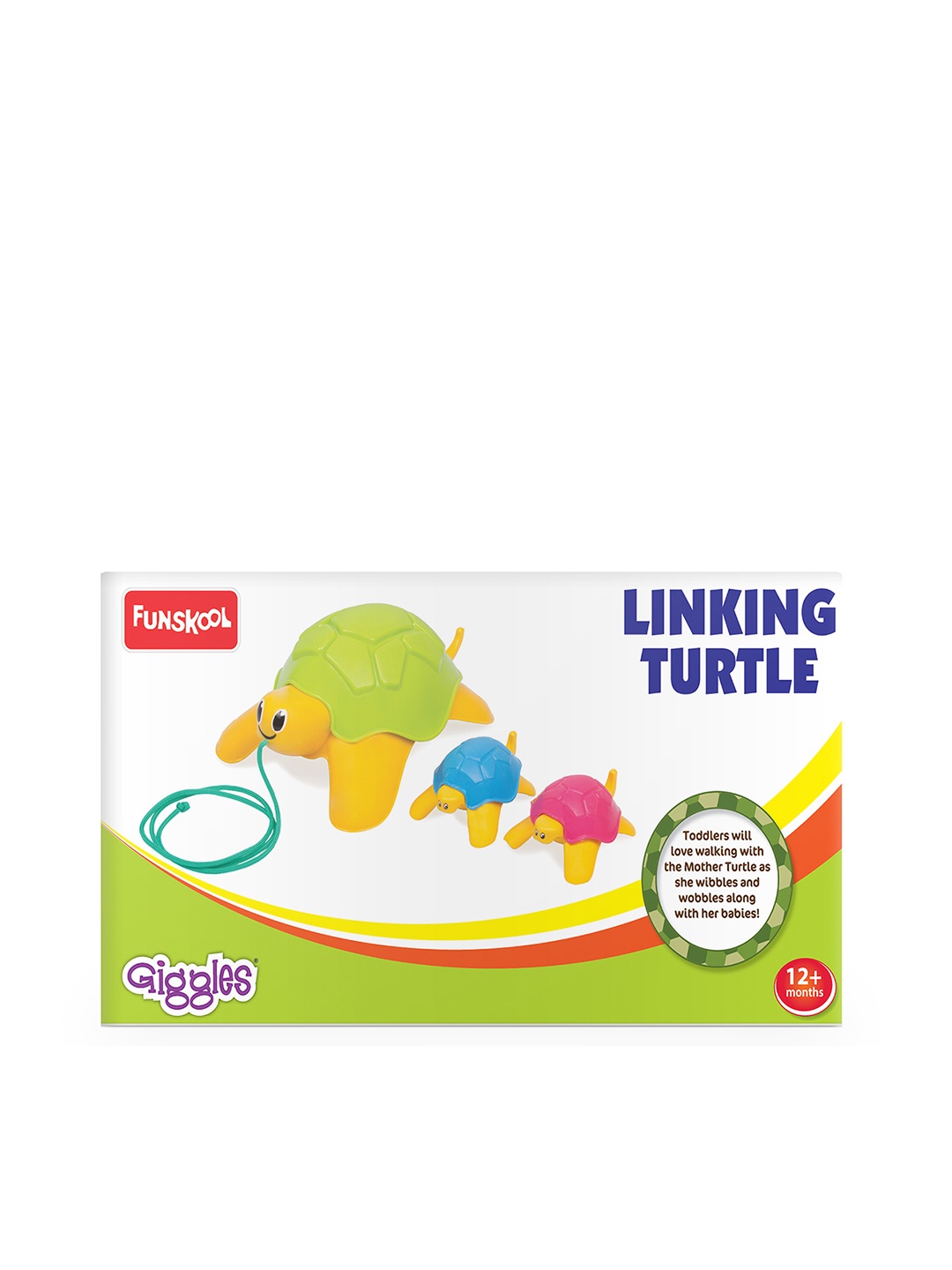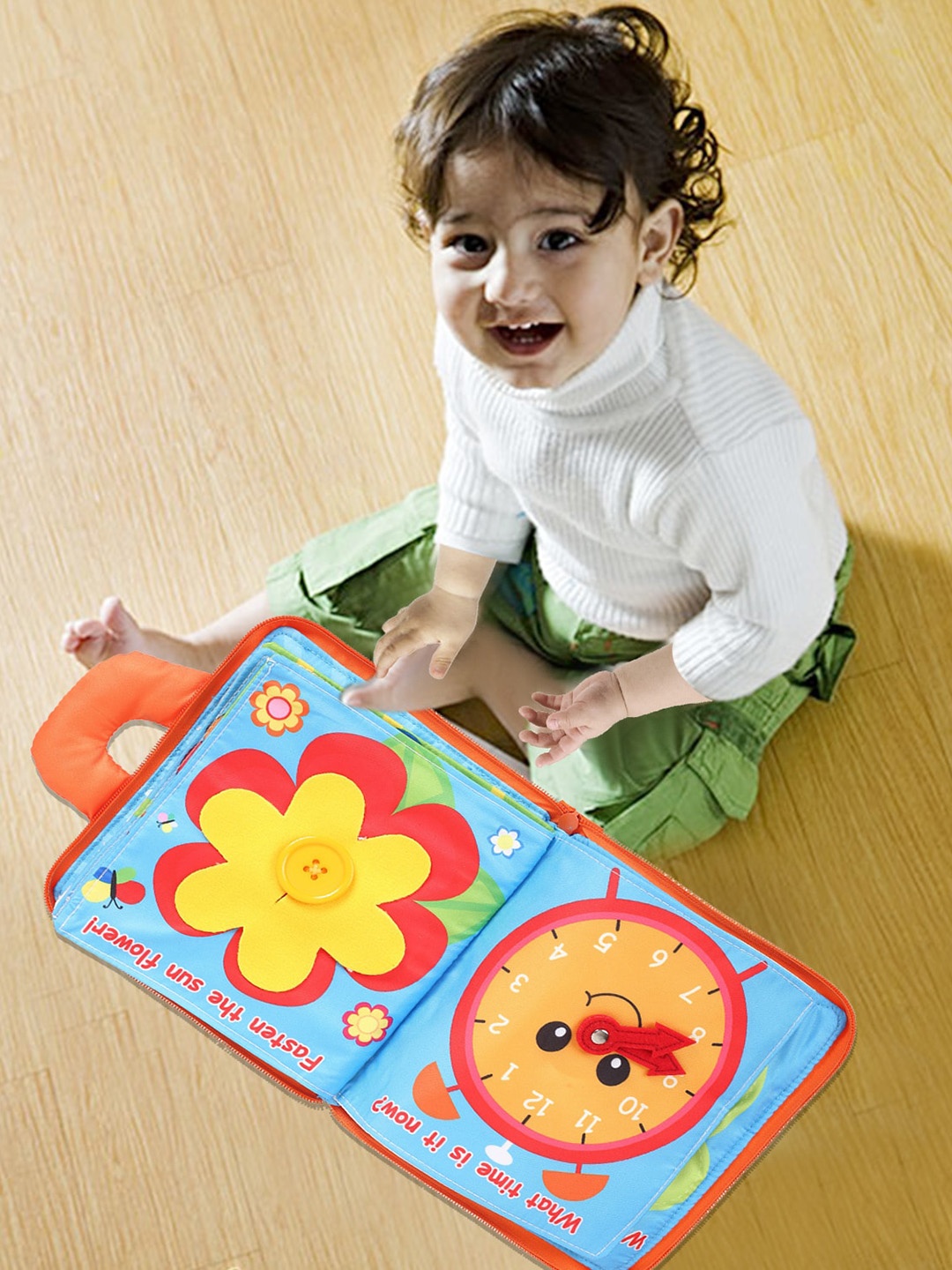Scooters And Growing Minds: Why They Are More Than Just Wheels
Scooters aren't just fun, they're brain boosters, balance builders, and confidence creators. Discover how this simple ride shapes your child's development in surprising ways.

Scooters And Child Development
Scooters have long been a staple of childhood fun, zipping through parks and pavements with squeals of delight trailing behind. But beneath the playful exterior lies a powerful developmental tool. As children scoot, they're not just moving, they're learning, growing, and building essential life skills. From balance to independence, scooters offer more than meets the eye. While many parents see scooters as mere toys, research and observation suggest they play a vital role in early childhood development. Whether it's physical coordination, spatial awareness, or emotional confidence, scooters contribute to a child's growth in multifaceted ways. Read on to explore how this two-wheeled wonder supports your child's journey from toddler to trailblazer.

The Surprising Power Of Play On Two Wheels; Photo Credit: Pexels
Physical Development: Building Strength, Balance, And Coordination
Scooting requires a unique combination of physical skills that help children develop strength, balance, and coordination. As they push off with one foot and steer with their hands, they engage core muscles, improve posture, and refine motor control.* Unlike passive play, scooting demands active participation, which strengthens leg muscles and enhances endurance. The repetitive motion of kicking and balancing also improves bilateral coordination, an essential skill for tasks like writing and dressing. Over time, children become more agile and confident in their movements, laying the groundwork for other physical activities such as cycling, swimming, and team sports.
Also Read: It's A Playdate: Discover Castle, Ride-Ons And More For Kids On Amazon
Cognitive Growth: Enhancing Spatial Awareness And Decision-Making
Scooters challenge children to think quickly and make decisions on the move. As they navigate paths, avoid obstacles, and adjust their speed, they develop spatial awareness and problem-solving skills. These cognitive processes are crucial for understanding distance, direction, and timing. Riding a scooter also encourages children to plan routes and anticipate changes in terrain, fostering strategic thinking. The act of scooting becomes a dynamic learning experience, where every turn and twist sharpens their ability to assess situations and respond appropriately.** This kind of active engagement supports brain development and prepares children for more complex cognitive tasks in school and daily life.

From Pavement To Progress; Photo Credit: Pexels
Emotional Benefits: Boosting Confidence And Independence
One of the most rewarding aspects of scooting is the emotional growth it inspires. Mastering a scooter gives children a sense of achievement and boosts their self-esteem. They learn to trust their bodies, take calculated risks, and overcome small challenges, like learning to balance or ride uphill. This builds resilience and encourages a growth mindset.*** Scooters also offer a taste of independence, allowing children to explore their surroundings with a sense of autonomy. Whether riding solo or with friends, they gain confidence in their abilities and learn to navigate the world with curiosity and courage.
Also Read: Save Big And Stay Safe: Discover Top Deals On Scooter Helmets
Social Skills: Encouraging Interaction And Cooperation
Scooting is often a social activity, especially in parks, playgrounds, and neighbourhoods. Children naturally gravitate towards others on scooters, sparking conversations, races, and shared adventures. These interactions help develop communication skills, empathy, and cooperation. Group scooting teaches children to take turns, follow informal rules, and respect personal space. It also provides opportunities for peer learning, where children observe and mimic each other's techniques. This kind of social play fosters friendships and builds a sense of community.*** In a world increasingly dominated by screens, scooters offer a refreshing way for children to connect face-to-face and build meaningful relationships.

Scooters Shape Young Minds; Photo Credit: Pexels
Safety Awareness: Learning Responsibility And Risk Management
Scooting introduces children to the concept of safety in a practical and engaging way. From wearing helmets to watching for traffic, they learn to assess risks and make responsible choices. Parents can use scooter time to teach road safety, awareness of surroundings, and the importance of protective gear. These lessons extend beyond scooting and influence how children approach other activities. Understanding the consequences of speed, direction, and surface conditions helps them develop a cautious yet confident attitude.*** Over time, children internalise these safety habits, which contribute to their overall sense of responsibility and self-regulation.
Some Scooters Available On Myntra To Consider
1. Leotoon Kids Skywalker Kick Scooter With LED Wheels
2. Aditi Kids Red Ride On Vehicles
3. Kids Kick Scooter with LED Wheels & Foldable Adjustable Handle
4. Kids Cruiser Three Wheels Skating Kick Scooter
5. Kids Kick Scooter with LED Wheels & Foldable Adjustable Handle
6. StreetJet White 2 Wheel Foldable Kick Scooter
7. Kids Foldable And Height Adjustable 3-Wheel Kick Scooter
8. Kids Kick Scooter with LED Wheels & Foldable Adjustable Handle
9. Kids Foldable Kick Scooter Vehicles
10. Kids Printed Go Rider 3-Wheel LED Kick Scooter Vehicle
Scooters may seem like simple toys, but they offer a rich tapestry of developmental benefits that support children physically, cognitively, emotionally, and socially. From building muscles to boosting confidence, every ride contributes to a child's growth in meaningful ways. As parents and caregivers, recognising the value of scooters can help us encourage healthy, active lifestyles and foster essential life skills. So the next time your child hops on a scooter, know that they're not just playing, they're growing, learning, and thriving with every glide.
Frequently Asked Questions (FAQs)
1: Are Scooters Safe For Young Children?
Yes, scooters can be safe when used with proper supervision and safety gear. Helmets, knee pads, and elbow pads are essential, and children should ride in safe, open areas away from traffic.
2: What Age Is Appropriate To Start Using A Scooter?
Most children can begin using a three-wheeled scooter around age two or three. As they develop better balance and coordination, they can transition to two-wheeled models around age five or six.
3: How Do Scooters Help With Motor Skills?
Scooters require coordinated movements of the legs, arms, and core, which helps develop gross motor skills. Regular scooting improves balance, strength, and spatial awareness.
4: Can Scooting Replace Other Forms Of Exercise?
While scooting is a great form of physical activity, it should complement other exercises like running, climbing, and swimming. It's ideal for building endurance and coordination in a fun way.
5: What Should I Look For When Buying A Scooter For My Child?
Choose a scooter that matches your child's age, height, and skill level. Look for sturdy construction, adjustable handlebars, and reliable brakes. Safety features and ease of use are key considerations.
Disclaimer: The images used in this article are for illustration purpose only. They may not be an exact representation of the products, categories and brands listed in this article.
* By Melody Edwards in Primitive Reflex Integration Case Studies. Read More
** By Mustafa Akil, Bekir Tokay & Melek Gülem Güngör in BMC Psychology volume. Read More
*** By Michael Yogman, MDCorresponding Author; Andrew Garner, MD; Jeffrey Hutchinson, MD; Kathy Hirsh-Pasek, PhD; Roberta Michnick Golinkoff, PhD; in COMMITTEE ON PSYCHOSOCIAL ASPECTS OF CHILD AND FAMILY HEALTH; COUNCIL ON COMMUNICATIONS AND MEDIA. Read More

























